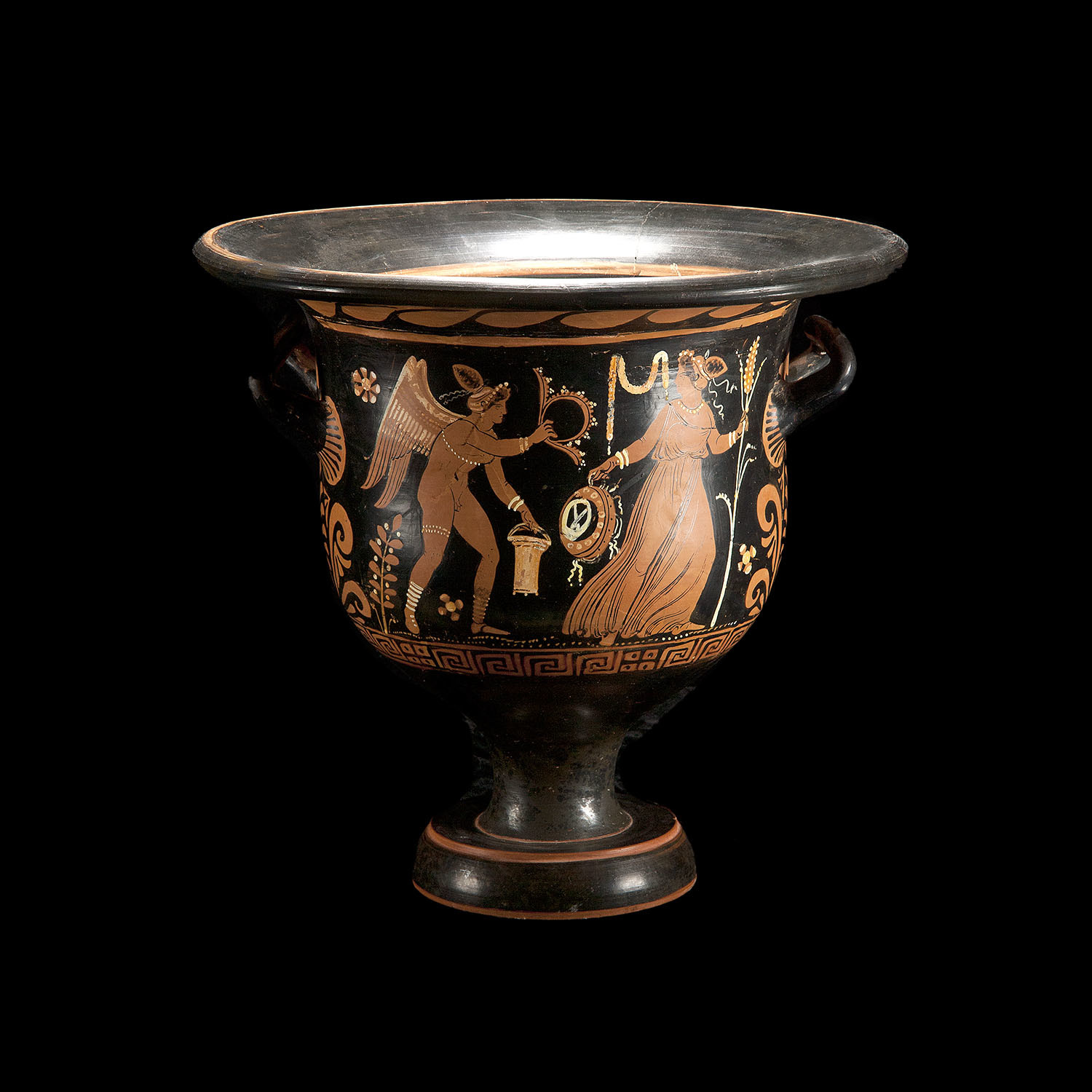- Thread starter
- #521
Mathematics and religion 3)
Mathematics and religion have a longstanding and intricate relationship that explores how numerical and spatial reasoning intersects with spiritual and religious beliefs. Historically, mathematical knowledge has served not only practical purposes—such as computation and organization—but also played a significant role in cosmological and theological contemplation across various cultures. In many ancient societies, including those in Babylon and Mesoamerica, arithmetic and geometric knowledge were integral to rituals and divination practices, reflecting a worldview where mathematics was embedded in cultural and spiritual customs.Different traditions, such as Pythagorean number mysticism, Islamic geometric patterns, and Vedic rituals, illustrate how mathematics has been utilized to understand the cosmos and the divine. In Christianity, figures like Saint Augustine and later scholastic theologians linked mathematical concepts to spiritual understanding, seeing numbers and shapes as manifestations of divine wisdom. Furthermore, mathematical reasoning has influenced religious thought from antiquity to modernity, with thinkers like Descartes and Kant exploring its implications for understanding God and morality.
While modern developments in mathematics, including non-Euclidean geometries, have challenged traditional religious views, the interplay between these disciplines continues to provoke theological contemplation and inspire new interpretations of spiritual significance. Thus, the relationship between mathematics and religion remains a rich field for exploration, illustrating the diverse cultural perspectives on the quest for knowledge and meaning.





